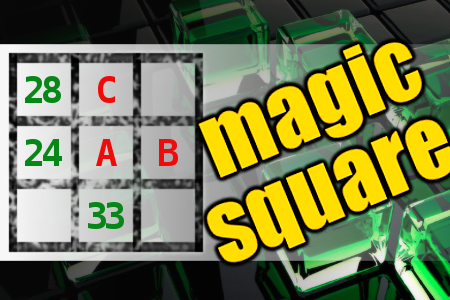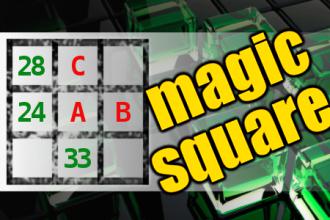MAGIC SQUARE: Calculate A-B+C
The aim is to place the some numbers from the list (16, 19, 24, 25, 28, 31, 33, 34, 39, 51, 78) into the empty squares and squares marked with A, B an C. Sum of each row and column should be equal. All the numbers of the magic square must be different. Find values for A, B, and C. Solution is A-B+C.Correct answers: 29
The first user who solved this task is Roxana zavari.
#brainteasers #math #magicsquare

Lunch with the lawyers
Two attorneys went into a diner and ordered two drinks. Then they produced sandwiches from their briefcases and started to eat. The owner became quite concerned and marched over and told them, "You can't eat your own sandwiches in here!"
The attorneys looked at each other, shrugged their shoulders and then exchanged sandwiches.

